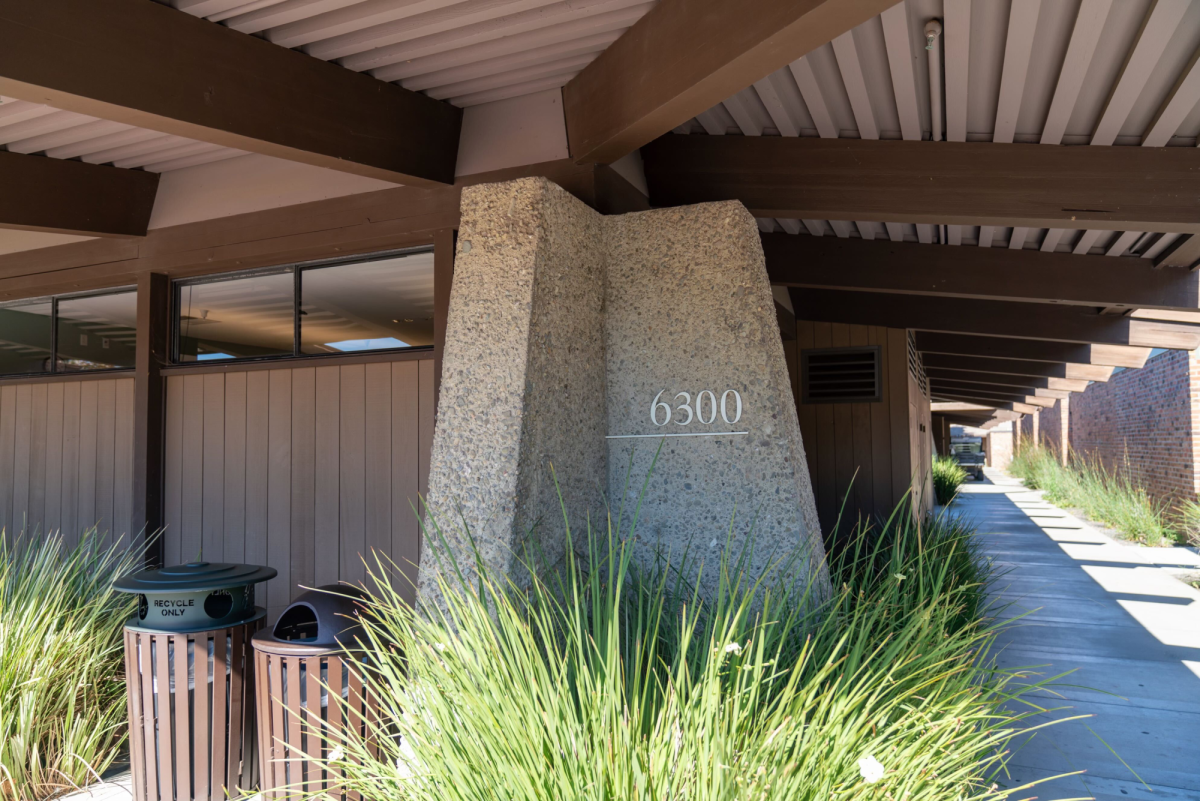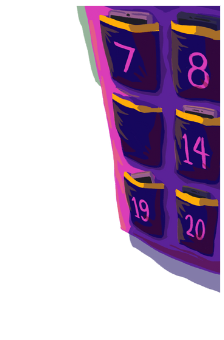Written by Evalyn Li and Yael Livneh
The Palo Alto Unified School District (PAUSD) is currently experiencing a decline in enrollment in elementary schools and an temporary enrollment increase in middle schools, which will carry over into high schools in few years time. Superintendent Max McGee will present his final recommendation on how to deal with these changes to the community-elected Board of Education on Oct. 18.
McGee and district staff list four recommendations that the board will vote on. The recommendations are an additional elementary school, an additional middle school, a new K-8 school or no new facilities. McGee says his first preference is to repurpose one of these existing facilities for secondary students, not as a new school but as a place where students can have innovative programming and opportunities. He opposes the first potential path which is an additional elementary school; The reasons being current low elementary enrollment and that only two elementary schools, Ohlone and Escondido, with sought-after choice programs have higher enrollment than the others.
For the repurposing of existing district-owned properties, McGee says the district would consider Cubberley or the current location of the district offices on Churchill Road. He has continuously championed innovation and says the district’s goal is to prepare students for careers that do not yet exist. “ Innovative programming is something we need and will support whether enrollment declines or grows.” McGee said.
Despite the current enrollment trends affecting elementary and middle schools, McGee believes that in a few years the shift of students through the different levels of school will yield middle school sizes that hit a “sweet spot” of 600 to 900 students. He therefore proposes to wait rather than build new schools. “I agree in principle with the idea of exploring a new middle school or new K-8,” McGee said. “I don’t think the time is for a new school, given our declining enrollment and financial situation.”
Board member Camille Townsend said that with higher enrollment in middle schools, which will soon affect high schools, class sizes are important to consider. “I think there is a sensitivity that we need to keep connections amongst teachers and students in the forefront,” Townsend said. “As schools get bigger, I think we have to be very conscious that we need to keep these interactions and interrelationships easy.”
Principal Dr. Denise Herrmann acknowledges that these relationships are beneficial; however, research shows class sizes have to be under 18 students to really show a difference. “Some teachers have five classes, and if each one of them has 30 or 32 students, they have 150 students. That many papers to grade, that many kids to try and get to know and build relationships with,” she said. “All of the research that I’m familiar with shows that it has very, very little impact on student achievement at high school.”
Student Board Representative Ankit Ranjan mentions that there is a spectrum of preferences among the student body for a smaller or larger class sizes. “I’ve talked with a lot of students about this, and it seems that it varies on a person-to-person basis,” he said. “Some students feel more comfortable in large classes, where they don’t have to worry about standing out too much when sharing ideas, whereas some prefer smaller classes because they provide a closer sense of community.”
McGee points out that the district’s capacity to accommodate the higher enrollment in the secondary schools depends on class size demands. “If the board, community and students really want to have significantly smaller class sizes, then we will not have enough classrooms at the middle
schools, or at Gunn, frankly,” he said.
Despite varying opinions on class size, however, Ranjan believes most students will not have a problem with larger classes. “I definitely feel that most students value the quality of the teacher over the size of the class,” he said.
Board member Heidi Emberling said there has been efforts to address the imminent increase of high school class sizes and current increase of middle schools class sizes. “We added $1.8 million dollars in June to class size mitigation for secondary schools,” she said.
In regards to Gunn’s facilities, Townsend says the projections indicate that high school facilities can handle growth, but she would like to understand the nuances of how the new building’s space will be used given it has a Wellness Center rather than more space for classrooms. “We’re going to have to see what the adjustments are by having the Wellness Center as opposed to classrooms,” she said.
Dr. Herrmann says that the original floor plan of the new building was first drafted in 2012 without the knowledge of the incoming temporary enrollment increase and without the large Wellness Center that is part of the plan today. “We did some reconfiguring of that knowing that we weren’t going to meet the emerging needs of their students and their health if we didn’t have the space to do that,” she said. “In a way I sacrificed a classroom to be able to give students the mental health support and the access, knowing to me, that was worth it.”
With the small possibility class sizes may increase, McGee echos Ranjan’s sentiment in saying, after meeting with Gunn’s Student Executive Committee on Friday Sept. 23, he understands class size itself is not a huge concern. McGee also hears that students recognize other issues such as consistency in grading and assignments that the district ought to address before class size.
McGee says that he extends feedback to the rest of the community. One way he has done that this year is by adding a feedback button on the bottom of his weekly Executive Summary which is posted on Schoology.
Emberling added that discussion of how to address changing enrollment trends is an ongoing issue with many different opinions. Emberling participated in the elementary subcommittee meeting as a part of the larger Enrollment Management Advisory Committee in which there was a majority report that on the basis of the district’s financial standing recommended no new school and a minority report outlining a new elementary school. “Within the small committee we had, there was dissension and difference of opinion and so I think is reflective of the larger community as well,” she said.
In order to understand the causes of these enrollment trends, Townsend partially attributes low enrollment in elementary schools to low birthrates in California and Santa Clara County. “We don’t know how long that’s going to go, but there is a strong belief that elementary enrollment may continue to decline in Palo Alto, in Santa Clara county, across the state of California,” she said. Townsend corroborated she also talked to private schools who were seeing a similar downtrend.











